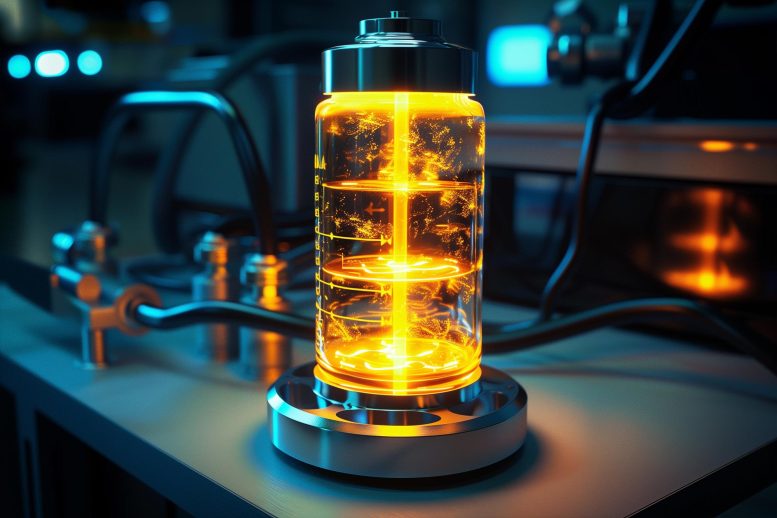
In a recent study, scientists have successfully converted chicken fat into electrodes for supercapacitors, offering a sustainable alternative to conventional materials like graphene. This innovative process creates high-performance electrodes from a cost-effective and eco-friendly source, demonstrating improved energy storage capabilities and the potential to utilize bio-waste for green energy solutions. (Artist’s concept.) Credit: SciTechDaily.com
Researchers have developed a novel method to convert chicken fat into carbon-based electrodes for supercapacitors, offering an eco-friendly alternative to traditional materials.
This innovation not only addresses the cost and environmental issues associated with existing storage devices but also enhances the performance and efficiency of energy storage technologies.
Global Shift to Sustainable Energy and Storage Needs
The global move toward more sustainable, green energy has increased power reserves and the demand for energy storage devices. Unfortunately, some materials for these devices can be expensive and environmentally problematic. Producing alternative energy storage devices from things that are usually thrown away could help resolve these challenges.
Now, researchers in ACS Applied Materials & Interfaces report a method to transform chicken fat into carbon-based electrodes for supercapacitors that store energy and power LEDs.
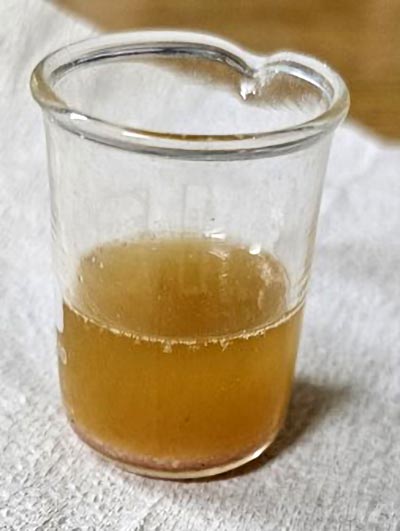
This extracted chicken fat created a carbon-based material for a supercapacitor. Credit: Mohan Reddy Pallavolu
Renewable Energy Growth and Storage Challenges
In 2023, global renewable energy capacity experienced an unprecedented almost 50 percent increase versus the previous year, according to the International Energy Agency. But that excess energy must be stored somewhere for the world to benefit from its production later.
For example, sunny days in California have recently triggered negative energy prices due to excess supply from rooftop solar panels. Recent efforts to design high-performance storage devices have taken advantage of carbon materials, such as graphene, because of their efficient charge transportation and natural abundance, but their fabrication is expensive and generates pollution and greenhouse gases.
Looking for an alternative carbon source material, Mohan Reddy Pallavolu, Jae Hak Jung, Sang Woo Joo, and colleagues wanted to develop a simple, cost-effective method for converting waste chicken fat into electrically conductive nanostructures for supercapacitor energy storage devices.
Innovative Use of Chicken Fat for Energy Storage
The researchers first used a gas flame gun to render the fat from a chicken and burned the melted oil using a flame wick method, much as one would use an oil lamp. They then collected the soot on the bottom of a flask, which was suspended above the flame.
Electron microscopy showed that the soot contained carbon-based nanostructures that were uniform spherical lattices of concentric graphite rings, like the layers of onions. The researchers tested a way to enhance the electrical characteristics of the carbon nanoparticles by soaking them in a solution of thiourea.
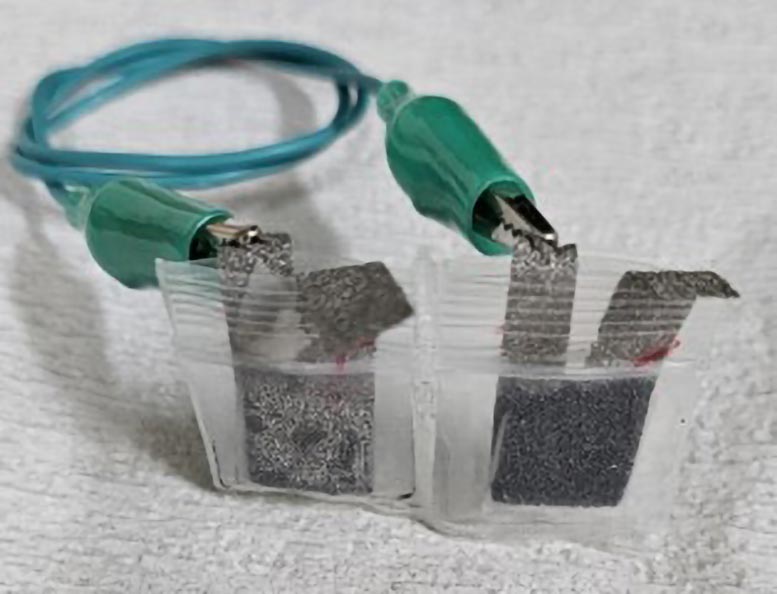
An LED can light up when a chicken-fat-sourced carbon material is used as an electrode in these asymmetric supercapacitors. Credit: Mohan Reddy Pallavolu
Development and Testing of Carbon-Based Electrodes
Assembled into the negative electrode of an asymmetric supercapacitor, the chicken fat-sourced carbon nanoparticles demonstrated good capacitance and durability, as well as high energy and power density. As predicted, these properties were improved further when the electrodes were made of the thiourea-treated carbon nanoparticles.
The researchers then demonstrated that the new supercapacitor could perform real-time applications — charging and connecting two of them to light up red, green, and blue LEDs. The results highlight the potential advantages of using food waste like chicken fat as a carbon source in the search for even greener green energy.
Reference: “Strategic Way of Synthesizing Heteroatom-Doped Carbon Nano-onions Using Waste Chicken Fat Oil for Energy Storage Devices” by Jyothi Nallapureddy, Thupakula Venkata Madhukar Sreekanth, Mohan Reddy Pallavolu, P. S. Srinivasa Babu, Ramesh Reddy Nallapureddy, Jae Hak Jung and Sang Woo Joo, 24 April 2024, ACS Applied Materials & Interfaces.
DOI: 10.1021/acsami.4c02753
The authors acknowledge funding from the National Research Foundation of Korea through the Regional Leading Research Center (RLRC) for Autonomous Vehicle Parts and Materials Innovation.


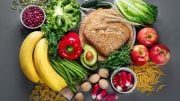
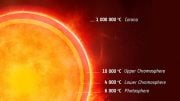


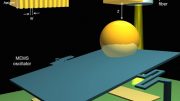


Makes a fantastic poutine gravy too!